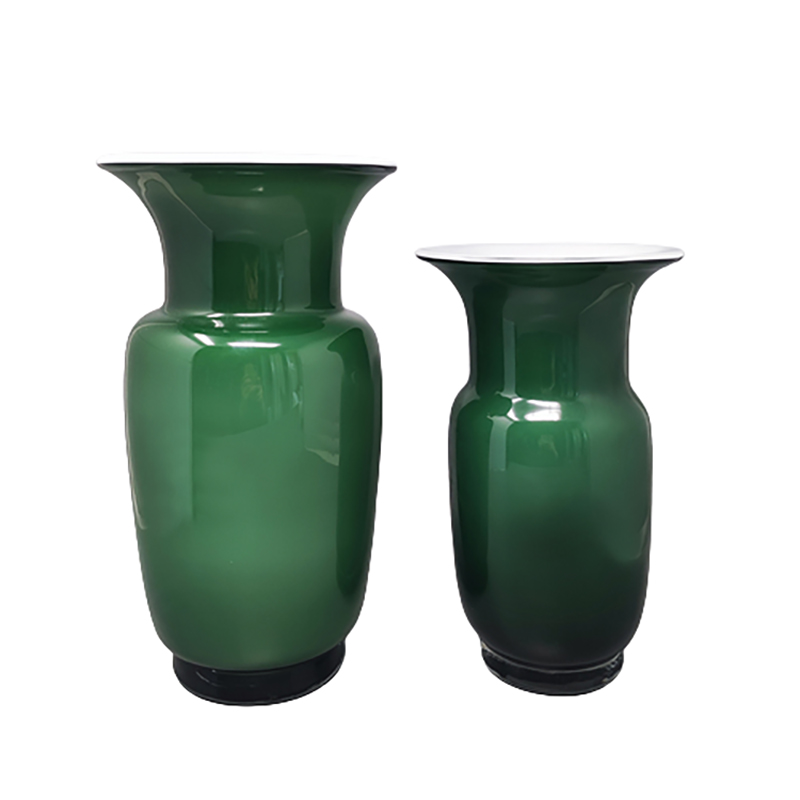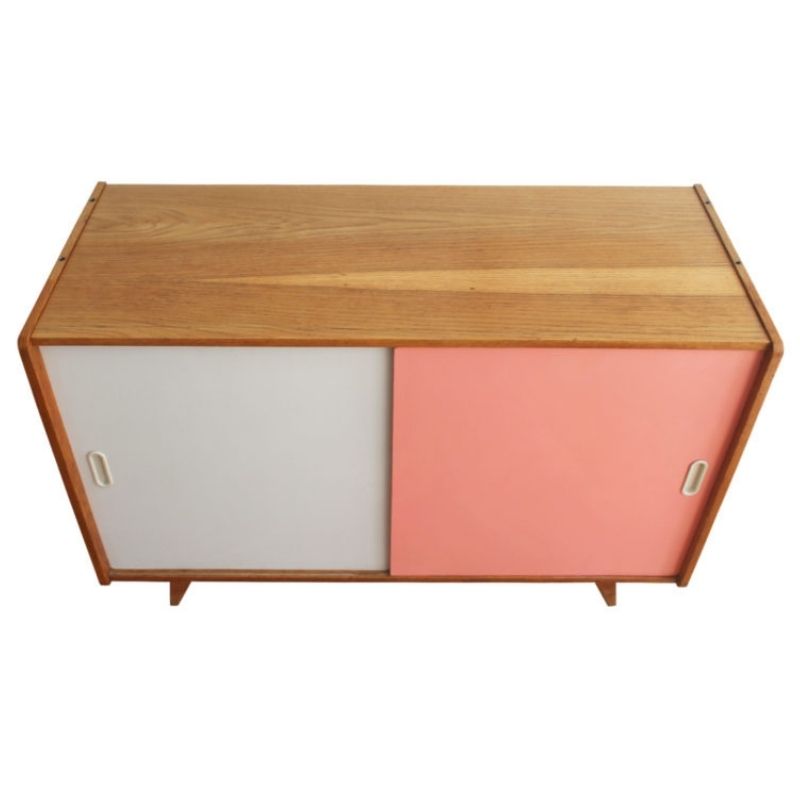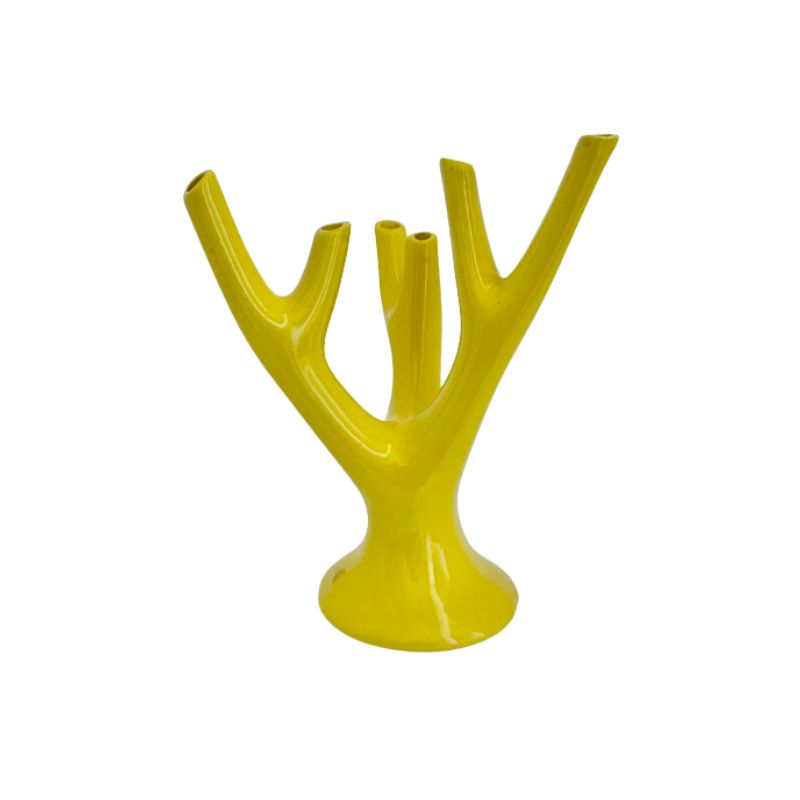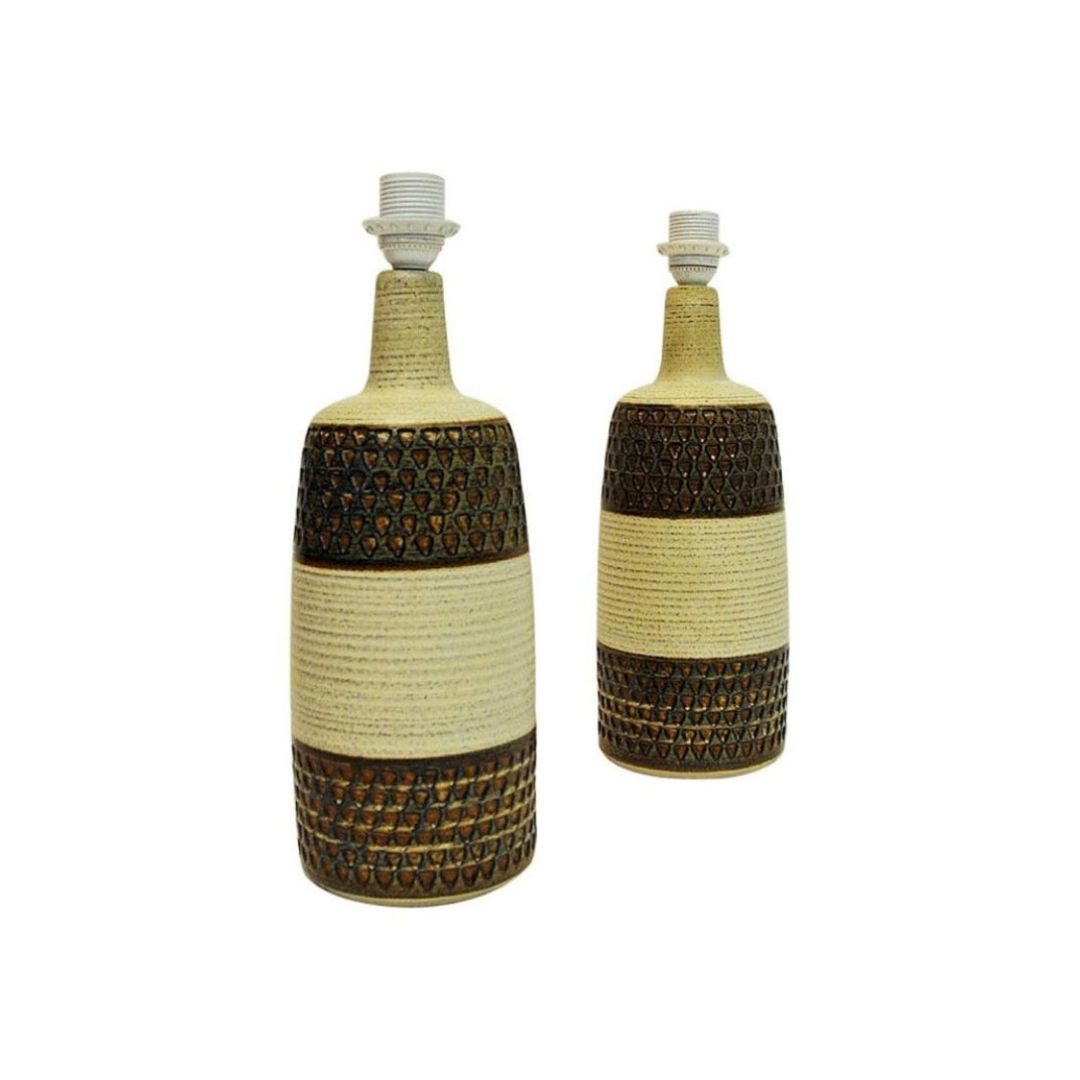Recently I visited the California Academy of Sciences Museum (CASM) in San Francisco's Golden Gate Park--the building architected by Renzo Piano. Koen said he looked forward to hearing what I thought of it. It only took me 30 pages of writing to decide what I thought. Here is what seemed most important of all that in distillation.
Modern, postmodern and deconstructivist architectures all think of buildings in terms of form language. The elegance of fit between the building solution and the building problem is the degree of fit between the form employed and the function sought. Pieces are used to build forms in these architectures, but the pieces are always visually subordinate to the form. Geometric forms are the building blocks in modernism. Geometric forms with ironic ornament are the building blocks in post modernism. Twisted, sheared, compressed, shattered into shards, or otherwise deformed geometric forms are the building blocks of deconstructivism.
Piano has obsoleted all of modernism, post modernism and deconstructivism by choosing to use what I call piece language. He architects in pieces and in assemblies of pieces, that are composed into forms. In fact, forms are essentially a by product of his engineering of pieces and assemblies into buildings. His major aesthetic choices lie in the pieces and assemblies.
pt. 2
In essense, Piano has done to contemporary architecture what the impressionist painters did to painting in the late 19th Century. The impressionists chose to make the most basic element of painting--the brush stroke--be the language of their paintings. The brush stroke was no longer finessed, subordinated, minimized and even hidden to keep the eyes focus on the subject and composition. Instead the brush stroke was emphasized. What ever the subject matter and the composition of the impressionists' paintings, the brush stroke remained the irreducible, explicit building block of the painting. Piano has chosen to make the "piece" the architectural equivalent of the brush stroke.
Thus, Piano's CASM has the quality of an impressionist painting. We can never focus entirely on the subject, or composition of its forms, because it is manifestly and intentionally constructed of pieces.
Piano has essentially revived functionalism, which never sought to subordinate its assembledness to form in the way modernism, postmodernism and deconstructivism have done subsequently. But instead of buildings being primarily assemblages of stones joined with mortar, and wood work joined by dowels and various joints, Piano focuses on engineered pieces of metal, concrete tilt-up panels, glass, and all manner of metal frames and struts, all joined explicitly by fasteners. Fasteners are everywhere explicit in CASM. But they are neither ornamental as is some times the case in postmodernism, nor subordinate contributors to forms, as in modernism. Rather they are just more pieces in that are the brush strokes of the assemblies of this new assembled functionalism.
pt.3
Piano has also indirectly, in the CASM, anyway, invoked the spirits of the great frame and glass atrium structures of the late 19th Century. In San Francisco there was the Sutro Baths before the 1906 earthquake and fire destroyed them. There were also the Crystal Palaces and great train station atria in Europe, before World War I ended the sort of scientific and technical optimism in the face of wrenching change that was the assembled architecture of that period.
The above has profound implications for the future of architecture. How big depends on how well Piano catches the zeitgeist of his time and whether or not architecture criticism and other gate keepers recognize and adequately explain the significance of his work. So far they don't seem to get it much.
Frank Lloyd Wright was also basically a functionalist, an organic functionalist, but he chose only to characterize himself as a genius, and the rest of the architecture world mesmerized by the international style of modernism, basically marginalized Wright and his brand of functionalism.
Piano is yet another functionalist in the midst of yet another way of form language driven tide of architecture, this time called deconstructivism. Let's hope he too is not overwhelmed and marginalized. Interestingly, he has been savvy enough to appropriate some of the internationalist modernist compostion in the exterior of the CASM, at least.
Still, Piano, after an early misfire with Pompidou Center (what may now be seen as ur-assembled functionalism, or in more techy lingo, the beta of assembled functionalism),is now a maestro of assembled functionalism working amidst a high tide of form language driven post modernism and deconstructivism. Even he could get lost in the shuffle, if he makes any mistakes, or diverges to far from public sensibilities.
Make no mistaket, the CASM is a great building, but it still has all the practial flaws I noted in my post from a few months back (before I had actually visited). And get this: almost every concrete floor panel is ALREADY spidered with from 1 to 3 cracks running half or full length through the panel!!
So: although I would say almost all aesthetic aspects of this engineering driven architecture, this assembled functionalism, are very appealing, not all of the engineering aspects of this engineering driven architecture are as well-engineered as the names might suggest.
"So sue me," an old cement contractor named Vinnie I once met said when questioned about some questionable concrete cracks after a job, "thuh building ain't gonna cave in and nobody's grand ma is gonna trip over any uh them cracks, ya know?"
So sue me, Renzo Piano is a terrific architect and his CASM is a very important building.
Finally it is Saturday?..
Which gives me a chance to react to DCWilson?s comments on his first visit to the California Academy of Sciences Museum (CASM) in San Francisco's Golden Gate Park. I only know the building by pictures and by the contents of the museum?s web site. So I was looking forward to both his visit and comments. As usual the comments show more insight than one might expect from an amateur architectural critic. In fact his comments are worthy to be published and widely read.
What surprised me most in the San Francisco project was to find such clear references to the kind of experiments he was doing in the early sixties. After such projects as the Jean Marie Tjibaou cultural center which is my favourite Piano building, I did not expect he would ever return to these early experiments that most of us have forgotten. They made such an impression on me that I still keep the magazine pages of the mid sixties that showed those experiments with flexible membranes pushed into shape by cylinders that could only be simulated by wooden rods but that anticipated long before it became reality, the fact that surfaces could be programmed by computers. What it showed at the time and what DCWilson confirmed in his comments is that Renzo Piano has still combines the skill of making things well with a commitment and judgement that is the very signature of every craftsman. In the words of Richard Sennett it is: ?Every good craftsman conducts a dialogue between concrete practices and thinking; this dialogue evolves into sustaining habits, and these habits establish a rhythm between problem solving and problem finding? Few architects in recent history have been able to resist the obsession with originality, or the pressure of competition or the tempting practice of distancing themselves from the making process, often by building a computerized fortress around their practice. Renzo Piano never has and it is such a joy to read the description of someone who discovers this again in one of his latest buildings. Thank you for sharing.
P.S. Some architectural magazines should make an effort to publish DCWilson?s kind of comments instead of the meaningless descriptions that are tolerated in their publications because most readers only look for pictures?
Tjibaou...
Blew me away!!!
This is like seeing the heads on Easter Island for the first time. You cannot help asking yourself: HOW THE HELL COULD THESE THINGS POSSIBLY BE HERE? HOW COULD THEY GO SO FAR BEYOND ONE'S ABILITY EXPRESS THEM IN WORDS?
I'm jumping up and down at my keyboard!! i HAVE to touch this building. How am I going to explain an airplane ticket of this magnitude to Noumea to touch a building, even several? My God...she'll shoot me!!
This is one of the most marvelous building complexes I have ever seen.
I missed it. I missed it. Its like I've been walking around civilization thinking I had some idea of what was going on and all of a sudden I discover that there's this freaking masterpiece out of time that just happened to get built while I was shuffling paper in San Francisco.
I never clicked on this development. I feel like someone just said, "Oh, by the way, Leonardo did a wonderful painting called the Mona Lisa, I really like it. Have you seen it?" and some how I had never seen it...never even heard of it!
Who knows? Maybe I saw a picture of Tjibaou once sometime, I must of, and just wasn't ready to SEE it. This is how this can go sometimes, but I really think I haven't seen it before, haven't heard of it before. I was in architectural poverty without even knowing it.
No wonder the guy started doing every kind of huge, monumentally complex mind fucking project he could think of. HE HAD TO DISTANCE HIMSELF FROM THE FABULOUSNESS OF THIS COMPLEX!
MY GOD! MY GOD! MY GOD!
Who did he do this with? Did he do it by himself? What did he do? Rest on the 7th freaking day?!! Who is ADCK? The state agency in Noumea he worked with, or an engineering outfit? Whoever helped, even if all they did was say, "Go for it, Renzo," deserves a Pritger, too.
Its like finding the freaking Colossus of Rhodes on Catalina Island. It can't be there. It can't BE THERE! Nothing can be this inexplicably, inscrutably, unexpectedly good here!
This is ASSEMBLED FUNCTIONALISM on some kind of fabulously beautiful Polynesian hallucinogen.
Mozart said genius did not emerge from either intelligence, or training. He said it emerged from love. Renzo must have a whole lotta love in that chest of his!
Thank you, thank you, thank you, for opening up the world to me one more time.
If you need any help, please contact us at – info@designaddict.com









